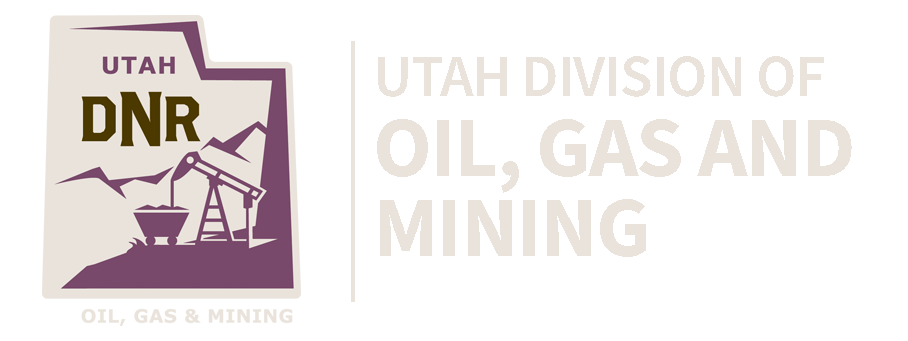Anthony Gallegos, Senior Reclamation Engineer for the DOGM's AMR program recently published an article describing the hardships encountered when working the Star district. It describes why it took several years longer and millions more to finish the project than it should have. It points out all the weaknesses the DOGM has when they try to reclaim large and popular regions. Found it to be a very interesting and easy to read article and thought I'd share it with everybody.
It can be downloaded here:
It can be downloaded here:


Comment